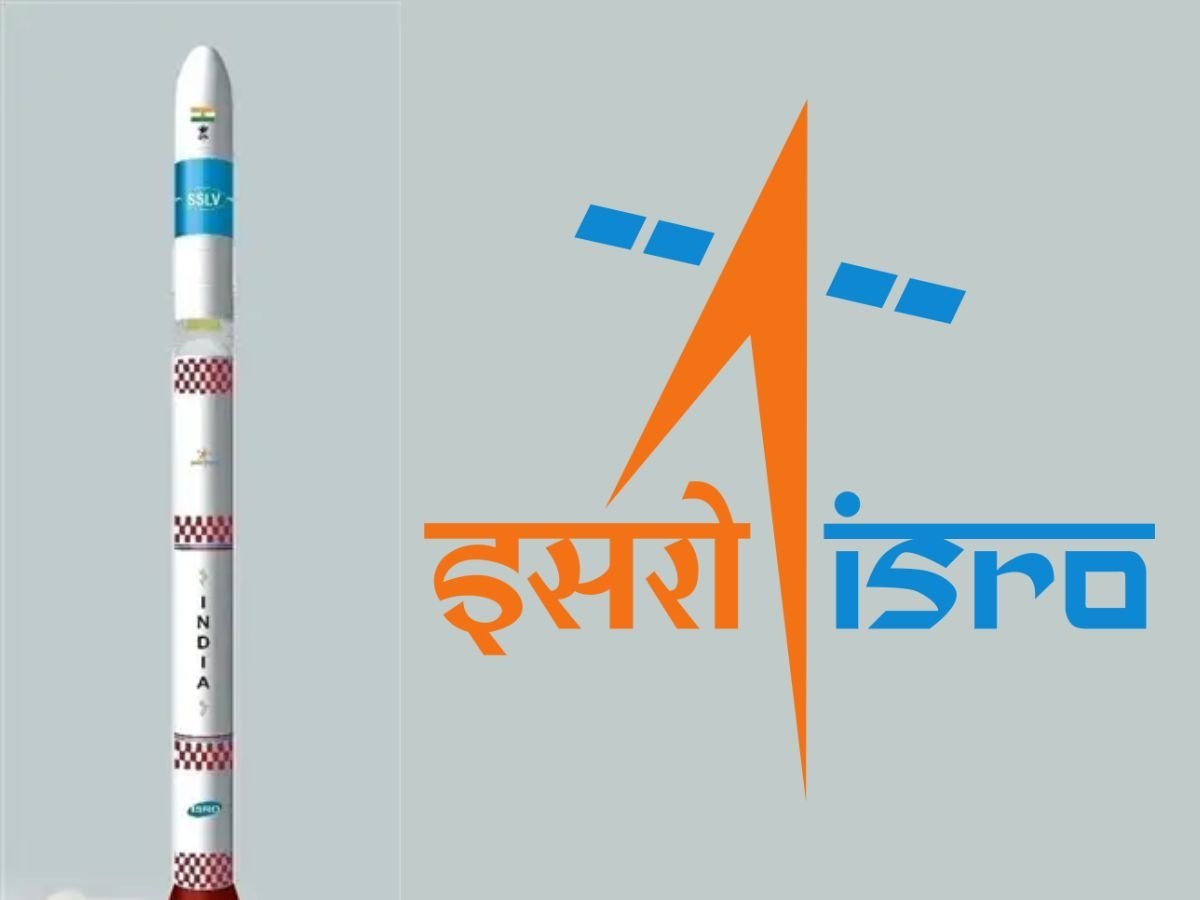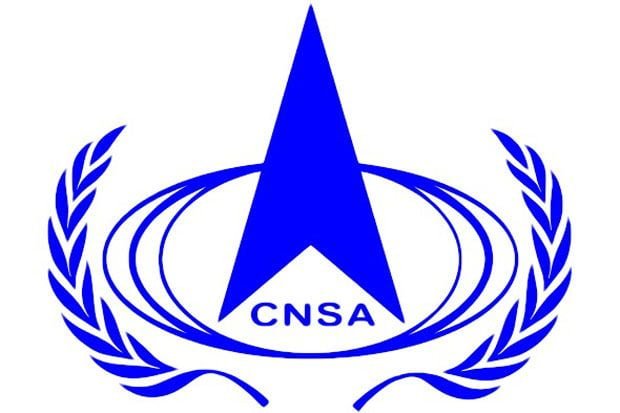Top 5 Space Research Organization
1. National Aeronautics and Space Administration (NASA)

NASA, the National Aeronautics and Space Administration, is the United States government agency responsible for the nation’s civilian space program and for aeronautics and aerospace research. Established on July 29, 1958, NASA was created in response to the Soviet Union’s successful launch of the first artificial satellite, Sputnik 1, in 1957. The formation of NASA marked the beginning of the space race between the United States and the Soviet Union during the Cold War.
Key aspects of NASA include
- Space Exploration:
- NASA has been at the forefront of space exploration, conducting numerous manned and unmanned missions to explore the Earth, the Moon, and other planets and celestial bodies in our solar system and beyond. Notable achievements include the Apollo moon landings, the Mars rover missions, and the ongoing exploration of the outer planets.
- Human Spaceflight:
- NASA has been a pioneer in human spaceflight, with iconic programs like the Mercury, Gemini, and Apollo missions. The Space Shuttle program, which operated from 1981 to 2011, allowed for routine access to space and the construction of the International Space Station (ISS).
- International Collaboration:
- NASA collaborates with space agencies from around the world, contributing to the development and operation of the ISS. This international cooperation extends to various space missions and scientific endeavors.
- Scientific Research:
- NASA conducts a wide range of scientific research, including the study of Earth’s climate, the exploration of other planets and moons, and the investigation of distant galaxies. The agency uses satellites, telescopes, and robotic spacecraft to gather data and expand our understanding of the universe.
- Technology Development:
- NASA plays a crucial role in advancing space-related technologies, which often have applications beyond space exploration. Innovations such as satellite communication, medical technologies, and materials science have benefited from NASA research and development.
- Education and Outreach:
- NASA is committed to inspiring and educating the public about space and science. The agency provides educational resources, hosts outreach programs, and engages with the public through media to share the excitement of space exploration.
- Future Exploration Goals:
- NASA continues to pursue ambitious goals, including plans for human missions to Mars, the exploration of distant moons and asteroids, and the search for extraterrestrial life. These endeavors contribute to the advancement of scientific knowledge and the exploration of the cosmos.
NASA has made the world aware of mega-structures like cosmic bodies, uncountable galaxies, star clusters, supernova, nebula, etc. And somewhere, if we know today that there is also a different world outside this earth or solar system, then most of its credit goes to NASA‘s Hubble Space Telescope. America is the first country to land the first man on the moon. There are currently several NASA missions underway. The annual budget of NASA is $22.6 billion.
2. Indian Space Research Organization (ISRO)

ISRO, the Indian Space Research Organisation, is the space agency of the Government of India, responsible for the country’s space program and exploration activities. Established in 1969, ISRO has made significant strides in space technology and has achieved numerous milestones over the years.
Key aspects of ISRO include:
- Satellite Launch Capability:
- ISRO has developed a reliable and cost-effective satellite launch capability. The Polar Satellite Launch Vehicle (PSLV) and the Geosynchronous Satellite Launch Vehicle (GSLV) are among the launch vehicles used by ISRO to deploy satellites into various orbits for communication, Earth observation, navigation, and scientific research.
- Mars Orbiter Mission (Mangalyaan):
- In 2013, ISRO made history by successfully launching the Mars Orbiter Mission, making India the first Asian nation to reach Martian orbit and the first nation in the world to do so on its maiden attempt.
- Chandrayaan Missions:
- ISRO has undertaken lunar exploration missions, with Chandrayaan-1 being India’s first mission to the Moon, launched in 2008. Chandrayaan-2, launched in 2019, aimed to explore the Moon’s south polar region and included an orbiter, lander, and rover.
- Navigation System (NavIC):
- ISRO has developed the Navigation with Indian Constellation (NavIC), an independent regional navigation satellite system that provides accurate position information over India and the surrounding region.
- Space Applications:
- ISRO’s satellite applications cover a broad spectrum, including telecommunications, television broadcasting, weather monitoring, agricultural monitoring, disaster management, and resource mapping. These applications have had a significant impact on various sectors of the Indian economy.
- International Collaboration:
- ISRO actively collaborates with international space agencies and organizations, fostering partnerships in space research, satellite launches, and technology exchange. The agency has gained recognition for its cost-effective satellite launch services, attracting commercial satellite launches from countries around the world.
- Space Exploration and Research:
- ISRO is actively involved in space exploration and research. Plans for future missions include further lunar exploration, interplanetary missions, and advancements in space technology.
- Space Science:
- ISRO conducts scientific research and experiments in space, including the study of cosmic phenomena and celestial bodies. Instruments aboard satellites and space probes are used to gather data for scientific analysis.
- Social Impact:
- ISRO’s space technology applications have had a positive impact on society, contributing to areas such as telemedicine, tele-education, and rural development.
By launching 104 satellites into space with a single rocket (PSLV-C37), ISRO set a new world record in 2017. SpaceX later broke this record. India’s space agency successfully landed its spacecraft on Mars in the first attempt. Even a space agency like NASA took 2 attempts to soft-land its spacecraft on Mars. But Indian space agency ISRO successfully landed its spacecraft on Mars in the first attempt. On the first try, India’s ISRO had successfully achieved its first Mars mission, Mangalyaan 1, in a budget of only $ 75 million.
India is the 4th country that did a soft landing on the Moon, and Indian astronaut Rakesh Sharma was the first Indian to travel in space. ISRO has a PSLV (Polar Satellite Launch Vehicle) rocket which is one of the best launch vehicles in the world. The annual budget of this space agency is $1.5 billion.
3. China National Space Administration (CNSA)

CNSA, the China National Space Administration, is the national space agency of China responsible for the planning and development of space activities. Established in 1993, CNSA has rapidly become a major player in the global space arena, achieving significant milestones in space exploration, satellite launches, and scientific research.
Key aspects of CNSA include:
- Human Spaceflight:
- CNSA has conducted several manned space missions, including the Shenzhou program. In 2003, China became the third country, after the United States and the Soviet Union, to independently launch a human into space with the Shenzhou 5 mission. The Tiangong space station, a modular space station, is a notable ongoing project in China’s human spaceflight program.
- Lunar Exploration:
- CNSA has been actively involved in lunar exploration with its Chang’e program. The Chang’e-3 mission in 2013 successfully deployed a rover, Yutu (Jade Rabbit), to the Moon’s surface. Subsequent missions, including Chang’e-4 in 2019 and Chang’e-5 in 2020, focused on exploring different aspects of the Moon, such as the far side and lunar samples retrieval.
- Mars Exploration:
- CNSA made history in 2021 with the successful landing of the Tianwen-1 mission’s rover, Zhurong, on Mars. This mission marked China’s first attempt at Mars exploration and demonstrated the nation’s growing capabilities in interplanetary space exploration.
- Satellite Launch Capability:
- CNSA has developed a reliable satellite launch capability, using Long March rockets for a variety of purposes, including Earth observation, communications, navigation, and scientific research. The BeiDou Navigation Satellite System is China’s independent navigation system, providing global coverage.
- Space Science and Exploration:
- CNSA is actively engaged in space science research, including astrophysics, planetary science, and space-based experiments. The agency collaborates with international partners on various scientific projects and missions.
- International Collaboration:
- CNSA collaborates with other space agencies and organizations globally. While competition exists in the space arena, China also seeks international partnerships for joint exploration, technology exchange, and scientific cooperation.
- Space Industry Development:
- CNSA plays a key role in the development of China’s space industry. The agency works closely with aerospace companies and research institutions to advance space technology, manufacturing, and innovation.
- Space Policy and Strategy:
- CNSA operates under the guidance and policies set by the Chinese government. China’s space strategy emphasizes both peaceful exploration and the development of space for socio-economic benefits.
There are about 4500 satellites in space, and only CNSA has sent 412 out of 4500 satellites in space. China sent its space station named Tiangong-1 in space in 2011. China has sent 11 astronauts to space. The China National Space Administration successfully made the first soft landing on the moon in 2014, using Change 3 as its first robotic lunar lander and rover. CNSA has also made many plans for the future. As per a report, in 2029-2030, China is also preparing to send such a spacecraft in space that will capture Jupiter and Saturn images closely and send some more useful information. The annual budget of CNSA is $8.9 billion.
4. Russian Federal Space Agency (RFSA)

(RFSA) has undergone a name change. It is now known as “Roscosmos,” which is a portmanteau of the Russian words “Ros” (meaning “Dew”) and “Kosmos” (meaning “Space”). Roscosmos is the governmental body responsible for the space science program of the Russian Federation and general aerospace research.
Key aspects of Roscosmos include:
- Space Exploration and Human Spaceflight:
- Roscosmos has a long and storied history in space exploration, dating back to the Soviet space program. It has been a key player in human spaceflight, launching the first artificial satellite, Sputnik 1, and sending the first human, Yuri Gagarin, into space.
- International Space Station (ISS):
- Russia is a major partner in the ISS program, contributing modules and serving as a transportation provider for astronauts. Russian Soyuz spacecraft have been crucial for crewed missions to and from the ISS.
- Lunar and Planetary Exploration:
- Roscosmos has a history of lunar exploration, and it continues to be involved in planetary exploration. Future plans include lunar missions, such as Luna-Glob and Luna-Resurs, as well as potential joint missions with other countries.
- Satellite Launch Capability:
- Russia has a robust launch vehicle program. The Soyuz, Proton, and Angara rockets are among the launch vehicles developed and operated by Roscosmos to deploy satellites into various orbits.
- International Collaboration:
- Roscosmos collaborates with space agencies around the world on various projects and missions. This includes partnerships with NASA, the European Space Agency (ESA), and other entities for scientific research, space exploration, and satellite launches.
- Space Science and Research:
- Roscosmos is actively involved in space science, conducting research on topics such as astrophysics, astronomy, and fundamental physics. Scientific instruments and experiments are often included in its missions.
- Space Industry Development:
- Roscosmos oversees the development of Russia’s space industry, working with aerospace companies and research institutions to advance technology and innovation in space-related fields.
RFSA is a Russian space organization. RFSA is popularly known as Roscosmos. Russian Federal Space Agency was established in 1992, one year before China National Space Administration. And since 1993, there has always been competition between Russia and China. Russia is the first country to launch animals into space, and Russia is also the first country that sent the first female astronaut into space, Valentina Tereshkova.
There are many successful missions of this space agency. Russia is the first country that brought the moon’s soil to the Earth. Sputnik-1, the world’s first artificial satellite, was launched by Russia in 1957. And spacecraft Luna 1 was the first spacecraft that went very close to the moon’s surface. GLONASS is also the mission of RFSA in which RFSA launched 24 satellites at a time. Roscosmos is currently working on the ExoMars mission, which aims to find evidence of life on Mars, in collaboration with the European Space Agency. The annual budget of RFSA is $3.37 billion.
5.Japan Aerospace Exploration Agency (JAXA)

The Japan Aerospace Exploration Agency (JAXA) is the national space agency of Japan, responsible for space exploration, research, and development. Established in 2003, JAXA is a merger of three separate organizations: the National Space Development Agency of Japan (NASDA), the Institute of Space and Astronautical Science (ISAS), and the National Aerospace Laboratory of Japan (NAL).
Key aspects of JAXA include:
- Human Spaceflight:
- JAXA has been actively involved in human spaceflight programs. The agency has contributed to the International Space Station (ISS) by providing modules such as the Kibo laboratory, as well as participating in crewed missions using the H-II Transfer Vehicle (HTV) for cargo resupply.
- Satellite Launch Capability:
- JAXA operates various launch vehicles, including the H-IIA and H-IIB rockets, which are used to deploy satellites for Earth observation, communication, scientific research, and other purposes. The agency has a reputation for reliable and efficient launch services.
- Lunar and Planetary Exploration:
- JAXA has conducted successful lunar and planetary exploration missions. The Hiten spacecraft, Nozomi mission to Mars, and the Hayabusa and Hayabusa2 missions to asteroids Itokawa and Ryugu, respectively, are notable examples.
- Hayabusa Missions:
- Earth Observation:
- JAXA plays a significant role in Earth observation, monitoring environmental changes, weather patterns, and disaster responses. The Global Change Observation Mission (GCOM) and Advanced Land Observing Satellite (ALOS) are among the Earth observation satellites developed by JAXA.
- Space Science:
- JAXA is involved in various space science projects, including missions to study cosmic phenomena, black holes, and the origins of the universe. The agency collaborates with international partners on scientific endeavors.
- International Collaboration:
- JAXA collaborates with other space agencies, including NASA and the European Space Agency (ESA), as well as participating in international space exploration initiatives. Collaboration extends to joint missions, research projects, and sharing scientific data.
- Technology Development:
- JAXA is committed to advancing space technology and innovation. The agency invests in research and development to enhance its capabilities in spacecraft design, propulsion systems, and scientific instruments.
In 1969, Japan failed in its first satellite mission, but in 1970 Japan launched its first satellite. JAXA became popular when it launched Hayabusa Mission. Hayabusa 1 was launched in the year 2003. This mission aimed to know about Asteroid Ryugu, located 300 million km away from Earth. But Hayabusa 1 was not successful, and for this reason, JAXA launched Hayabusa 2 in 2014. JAXA is currently working on the Human Space Program and reusable launch vehicles and working to send a human-robot to the Moon. The annual budget of JAXA is $2.6 billion.
FAQs
- Which is the No 1 space agency in world?
- NASA is the most well-known and influential space agency in the world. It was established in 1958 by the United States government, in response to the Soviet Union’s launch of the first artificial satellite, Sputnik 1.
- What is the rank of ISRO?
- The Indian Space Research Organization (ISRO), the world’s sixth-largest space agency.
- Which is best NASA or ISRO?
- While ISRO focuses on developing space technologies for India’s socio-economic benefit, NASA’s primary goal is to increase knowledge and human presence in space. Additionally, NASA has a larger budget and better infrastructure, but ISRO excels in efficiency and cost-effectiveness.
- Which is No 1 in space company?
- Space Exploration Technologies Corporation (SpaceX).
- Is ISRO any good?
- Indian Space Research Organisation is rated 4.4 out of 5, based on 297 reviews by employees on AmbitionBox. Indian Space Research Organisation is known for undefined which is rated at the top and given a rating of 4.4. However, Salary & Benefits is rated the lowest at 3.7 and can be improved.
- Can I join ISRO?
- To become a space scientist in ISRO, you need to study engineering or science. ISRO prefers to hire people with a master’s degree in mechanical, electrical, or computer engineering or a PhD in astronomy, physics, or mathematics. Physicists study the theoretical aspects of space science and use laboratory equipment.
- Which is the No 5 space agency?
- These include National Aeronautics and Space Administration (NASA), Russian Federal Space Agency (RFSA or Roscosmos), European Space Agency (ESA), Japan Aerospace Exploration Agency (JAXA), China National Space Administration (CNSA) and Indian Space Research Organisation (ISRO).
- What are the top 5 space research organization in the world?
- Which is the No 1 space agency?
- Which rank is ISRO in the world?
- Which is best NASA or ISRO?
- What is the rank of ISRO in space research?
- What are the top 7 space agencies in the world?
Add a Comment